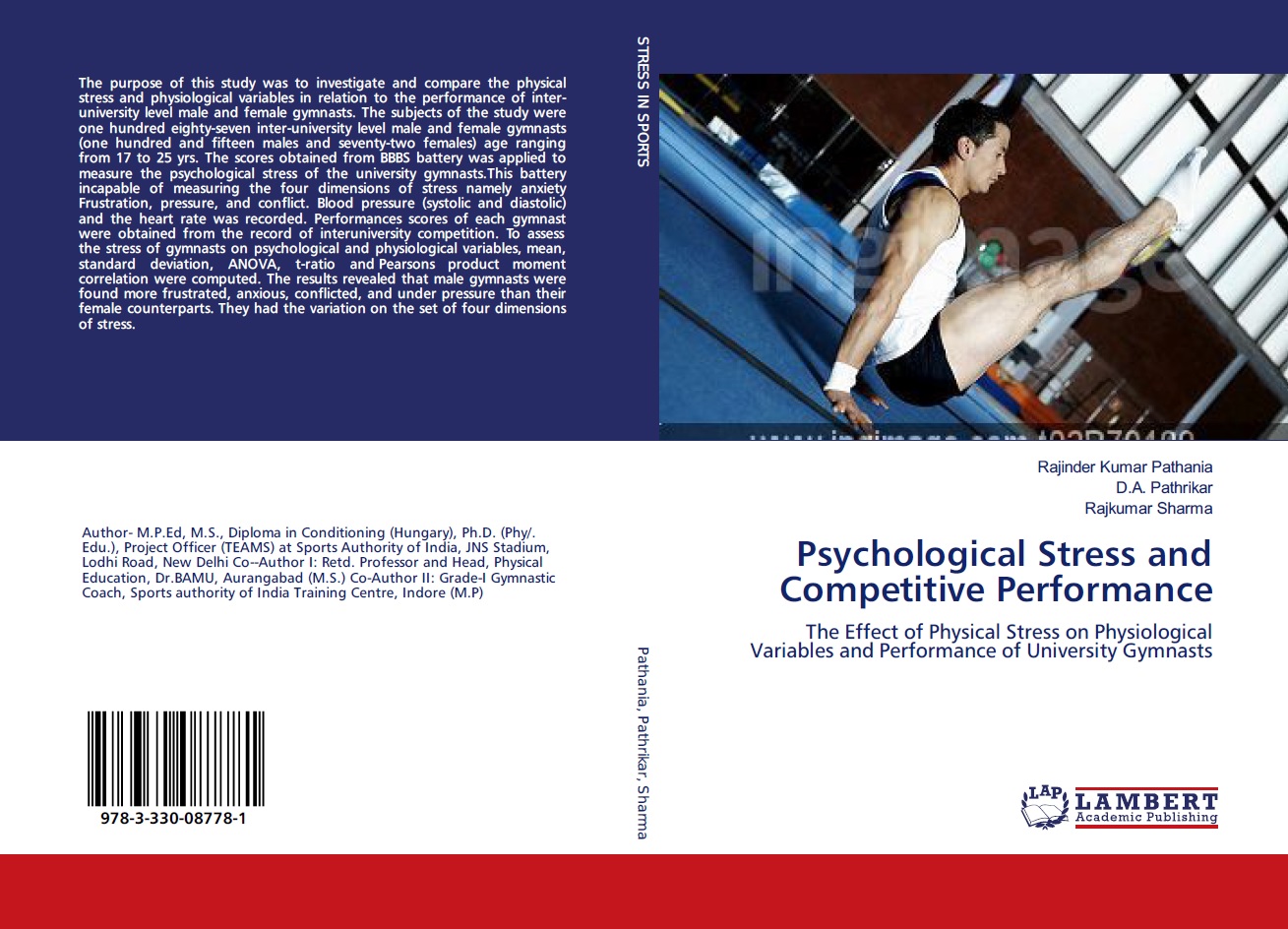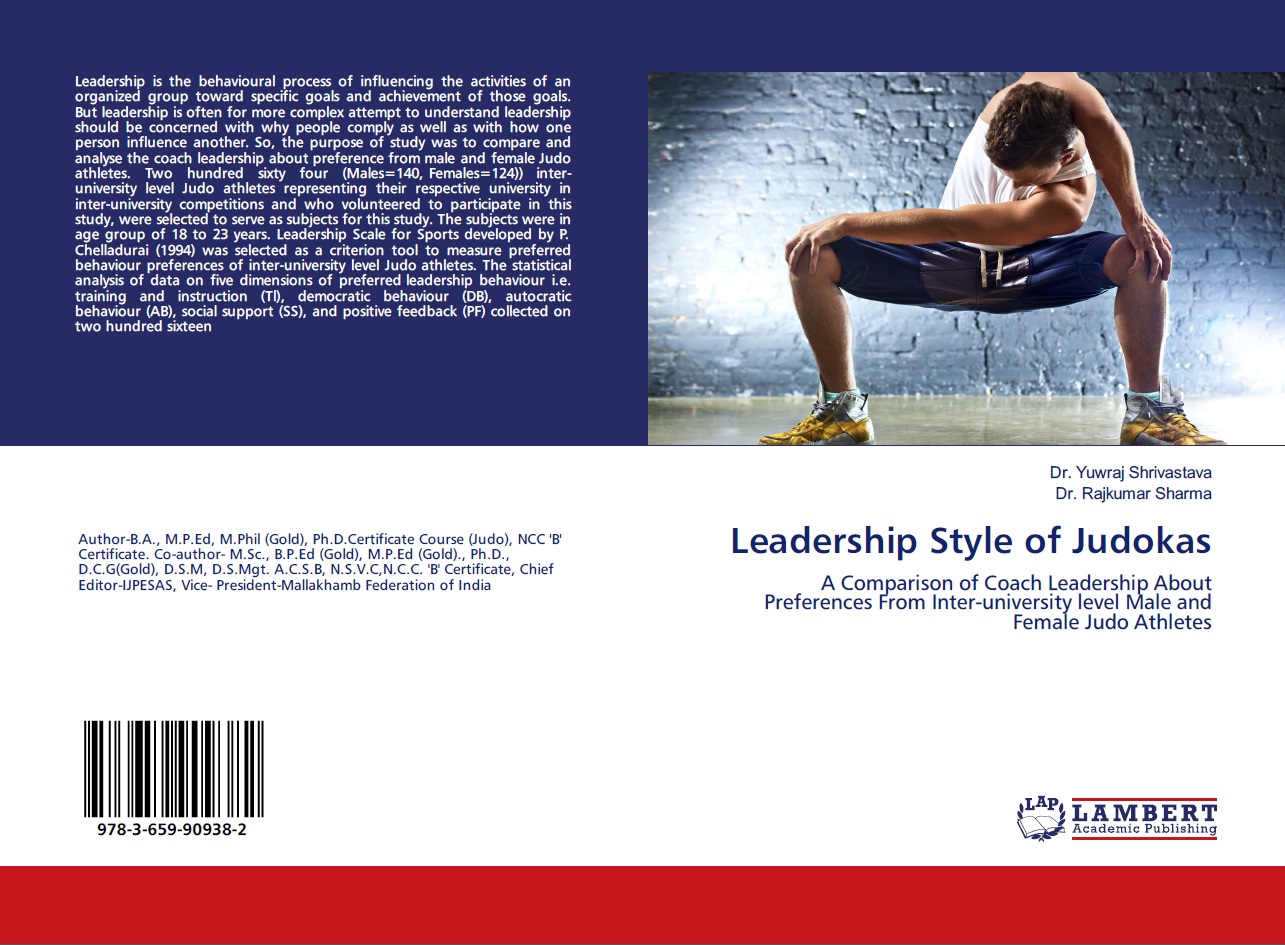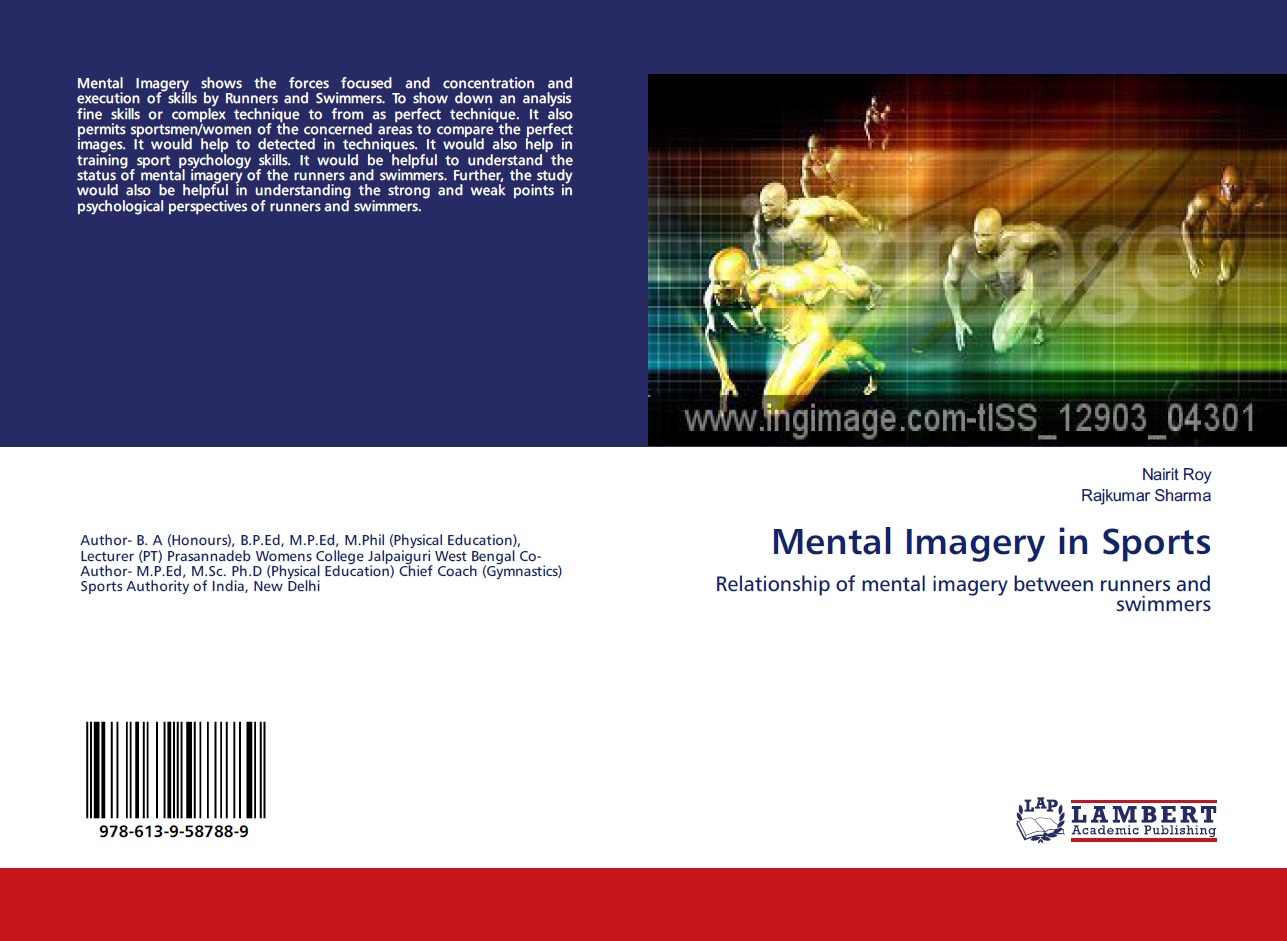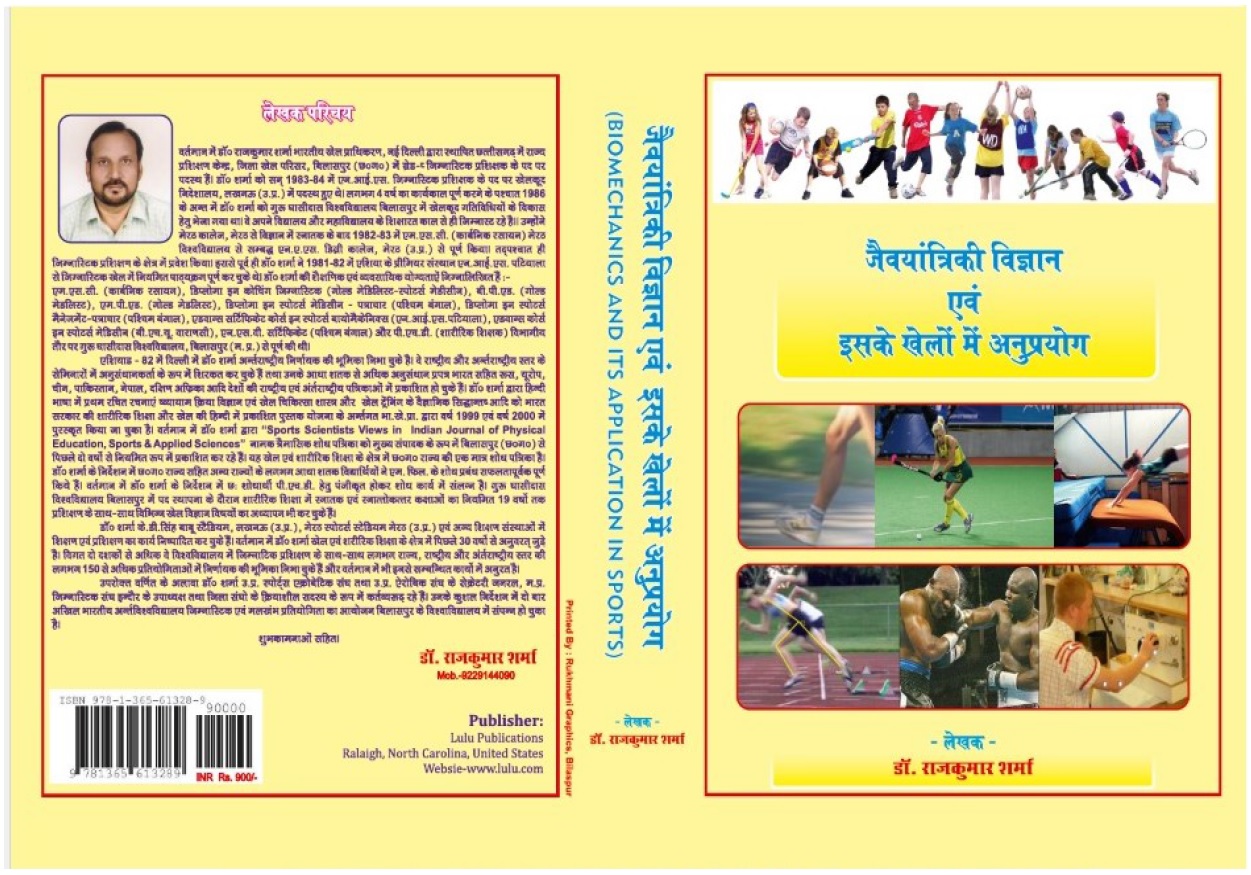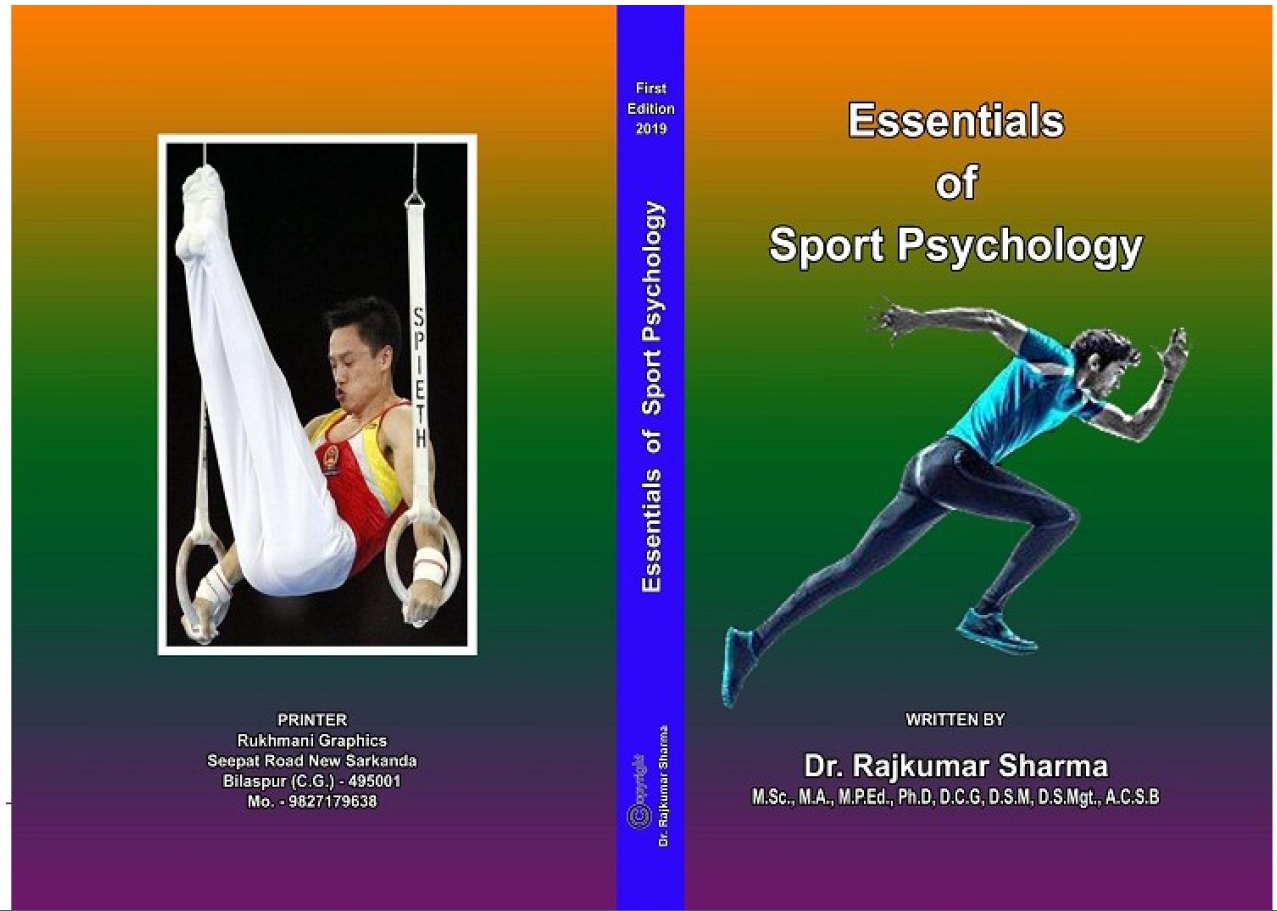| S.No. | Total View Count | Title of Manuscript | Page No | Download/ PDF |
|---|---|---|---|---|
| 1 | REVIEW OF LITERATURE ON RECENT TRENDS OF REHABILITATION IN INTERSTITIAL CYSTITIS Author: Ambuja Bhardwaj¹ and Shikha Kumari ² | 36-42 |  12 12 |
Article info
doi no.: 05-2016-44975451,
DOI Link :: https://doi-ds.org/doilink/08.2021-88511915/IJPESAS/05.2016-44975451/V11/I3/A5
AFFILIATIONS:
- Assistant Professor, RIMT University, Department of Physiotherapy, School of Physiotherapy.
- Physiotherapy Student, RIMT University, School of Physiotherapy
Interstitial cystitis means inflammation of bladder wall, and it is chronic disease commonly found in women but this disease affected both sexes. It is mostly found in young people between the ages of 42-48. The cause of IC / BPS is still unknown, but multiple theories exist including Chronic bacterial infection, Bladder inflammation, Neurogenic inflammation, Urothelial dysfunction, Mast cell activation, Genetic prediposition, Autoimmune mechanism, Defective GAG layer, Sensory nervous system, Psychosomatic mechanism, Environmental factors. IC / BPS is divided into Hunner lesion and without Hunner lesion. Patient also complaint of pain throughout the pelvis in the urethra, vulva, vagina, rectum such as lower abdomen and back. Pain usually occurs with specific food or drink and worsen due to bladder filling which improved by voiding. Urinary frequency and urgency are another feature of IC / BPS. Due to insufficiency of IC symptom, underdiagnosed or late diagnosis commonly occur. The health examination involves patient history such as onset, duratyle-related inducing factors, and symptoms, physical examination, urine analysis, questionnaires, and cystoscopy are done to evaluate the disease. Treatment is pharmacological, surgical, or Rehabilitation but in recent time rehabilitation is more effective than pharmacological or surgical treatment.
Keywords: Interstitial cystitis, Chronic pelvic pain syndrome, bladder pain syndrome, irritable bowel syndrome.
References
Amrute, K. V., & Moldwin, R. M. (2007). Pharmacotherapy of interstitial cystitis in women. Women's health (London, England), 3(1), 63–72.
Bosch, P. C., & Bosch, D. C. (2014). Treating interstitial cystitis/bladder pain syndrome as a chronic disease. Reviews in urology, 16(2), 83–87.
Chung, K. J., Han, A. N., & Kim, K. H. (2015). Recommendations to the primary care practitioners and the patients for managing pelvic pain, especially in painful bladder syndrome for early and better prognosis. Journal of exercise rehabilitation, 11(5), 251– 254.
Chung, M. K., & Jarnagin, B. (2009). Early identification of interstitial cystitis may avoid unnecessary hysterectomy. JSLS: Journal of the Society of Laparoendoscopic Surgeons, 13(3), 350–357.
Colemeadow, J., Sahai, A., & Malde, S. (2020). Clinical Management of Bladder Pain Syndrome/Interstitial Cystitis: A Review on Current Recommendations and Emerging Treatment Options. Research and reports in urology, 12(1), 331–343.
Chuang, Y. C. (2020). New Frontiers or the Treatment of Interstitial Cystitis/Bladder Pain Syndrome - Focused on Stem Cells, Platelet-Rich Plasma, and Low-Energy Shock Wave. Int Neurourol J, 24(3), 211-221.
Dayem, A. A., Kim, K., Lee, S. B., Kim, A., & Cho, S. G. (2020). Application of Adult and Pluripotent Stem Cells in Interstitial Cystitis/Bladder Pain Syndrome Therapy: Methods and Perspectives. Journal of clinical medicine, 9(3), 766.
Digesu, G. A., Tailor, V., Bhide, A. A., & Khullar, V. (2020). The role of bladder instillation in the treatment of bladder pain syndrome: Is intravesical treatment an effective option for patients with bladder pain as well as LUTS. International urogynecology journal, 31(7), 1387–1392.
Dinis, S., de Oliveira, J. T., Pinto, R., Cruz, F., Buffington, C. T., & Dinis, P. (2015). From bladder to systemic syndrome: concept and treatment evolution of interstitial cystitis. International journal of women's health, 7(1), 735–744.
Grover, S., Srivastava, A., Lee, R., Tewari, A. K., & Te, A. E. (2011). Role of inflammation in bladder function and interstitial cystitis. Therapeutic advances in urology, 3(1), 19–33.
Han, E., Nguyen, L., Sirls, L., & Peters, K. (2018). Current best practice management of interstitial cystitis/bladder pain syndrome. Therapeutic advances in urology, 10(7), 197– 211.
Hanno, P. M., Erickson, D., Moldwin, R., Faraday, M. M., & American Urological Association (2015). Diagnosis and treatment of interstitial cystitis/bladder pain syndrome: AUA guideline amendment. The Journal of urology, 193(5), 1545–1553.
Lukban, J. C., Parkin, J. V., Holzberg, A. S., Caraballo, R., Kellogg- Spadt, S., Kristene E. & Whitmore, K.E. (2001). Interstitial Cystitis and Pelvic Floor Dysfunction: A Comprehensive Review. Pain Medicine, 2(1), 60–71.
Lin, C. C., Huang, Y. C., Lee, W. C., Chuang, Y. C. (2020). New Frontiers or the Treatment of Interstitial Cystitis/Bladder Pain Syndrome - Focused on Stem Cells, Platelet-Rich Plasma, and Low-Energy Shock Wave. Int Neurourol J, 24(3), 211-221.
Mishra N. N. (2015). Clinical presentation and treatment of bladder pain syndrome/interstitial cystitis (BPS/IC) in India. Translational andrology and urology, 4(5), 512–523.
Pang, R., Ali, A., (2015). The Chinese approach to complementary and alternative medicine treatment for interstitial cystitis/bladder pain syndrome. Transl. Androl. Urol., 4(6), 653-661.
Shen, Y. C., Tyagi, P., Lee, W. C., Chancellor, M., & Chuang, Y. C. (2021). Improves symptoms and urinary biomarkers in refractory interstitial cystitis/bladder pain syndrome patients randomized to extracorporeal shock wave therapy versus placebo. Scientific reports, 11(1), 7558
 admin@sportscientistsviews.com
admin@sportscientistsviews.com

